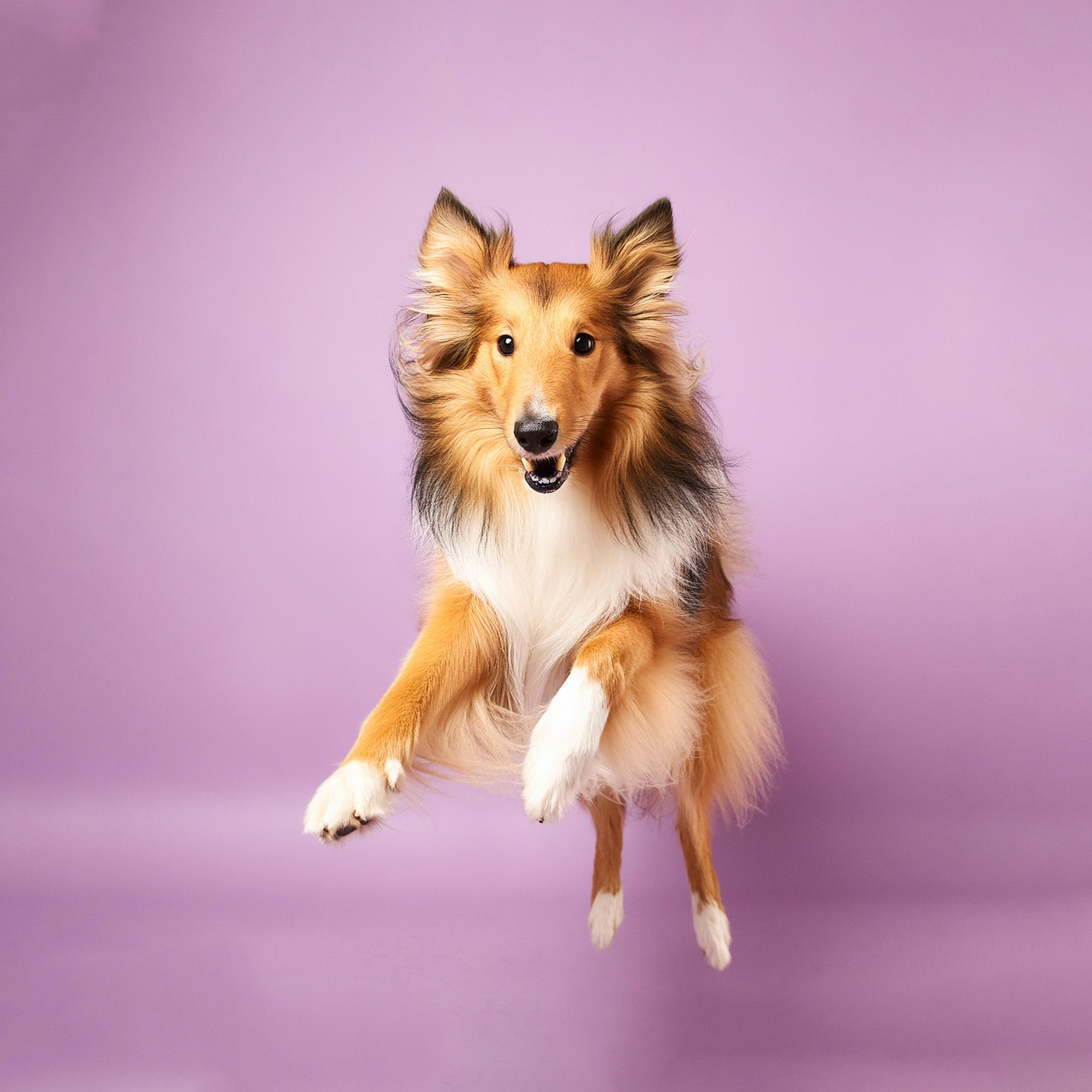The Rough Collie is renowned for its caring personality and unwavering loyalty. This elegant and graceful breed isn’t just a family member but an intelligent and attentive companion. Known for its boundless warmth and affection, the Collie forms deep bonds with its loved ones. Its unique personality traits and versatile character have even inspired legends and highlighted its exceptional qualities.
With a strong work ethic and quick learning ability, the Rough Collie is easy to train. Nevertheless, similar to other breeds, consistent exercise, positive reinforcement, and early socialization are especially crucial for these important family members. With the proper strategy, raising a Collie can be a rewarding experience.
The Main Characteristics:
- Graceful appearance
- Innate defensive instinct
- Intelligence
- Empathy
- Devotion
- Dedication
- Friendly character
- Loving nature
- Active vocalization

